We bet you didn’t know this but India is the world’s third largest egg-producer, after China and USA. India, alone, produced 27.95 billion eggs in the year 2017-2018.
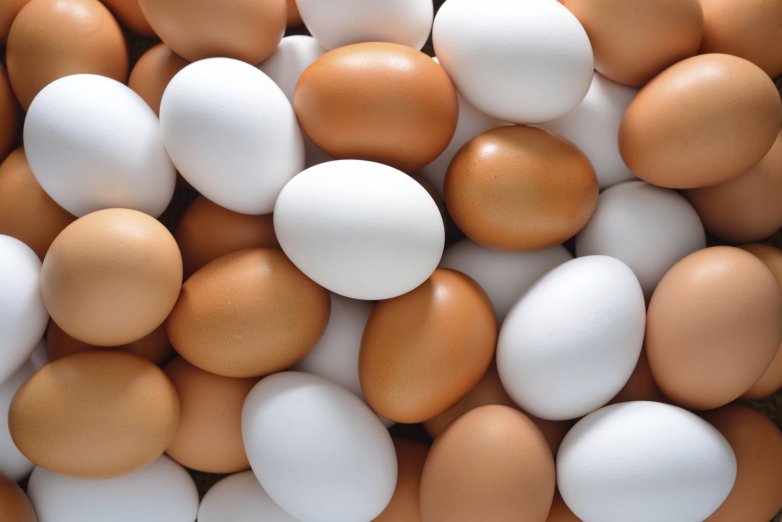
But have you ever wondered how your favourite breakfast meal ends up in your kitchen? If you don’t, you’re in for a nightmare.
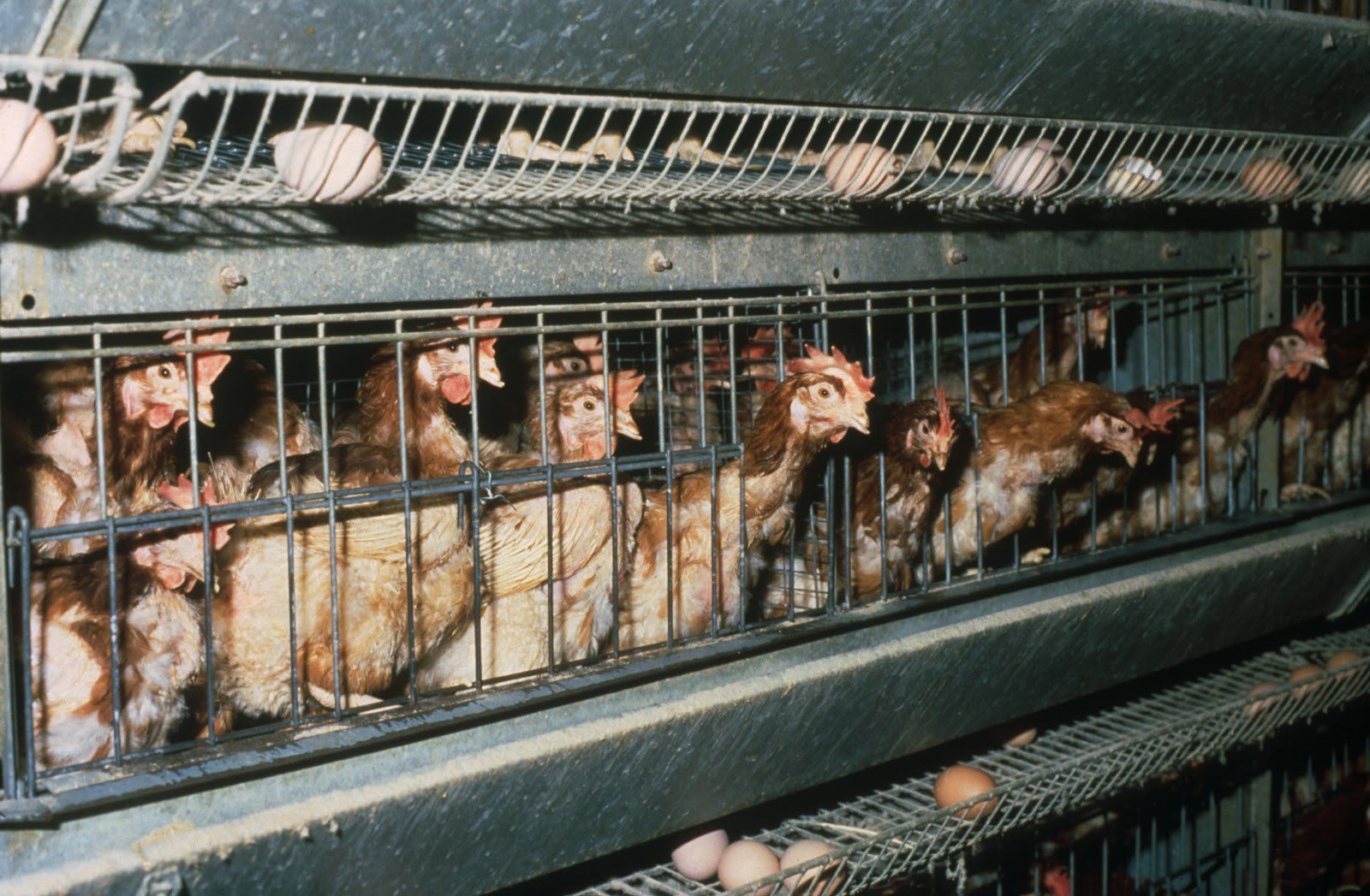
Animal abuse is a prominent problem in the world but the way these egg-laying hens are treated is beyond humanity.
Confined, mutilated and abused. This is the way an egg-laying hen lives its whole life.
These hens are forcibly confined in a tight spaces called ‘battery cages’. The cages are arranged in identical rows and columns in a unit like in an artillery battery, hence the name.
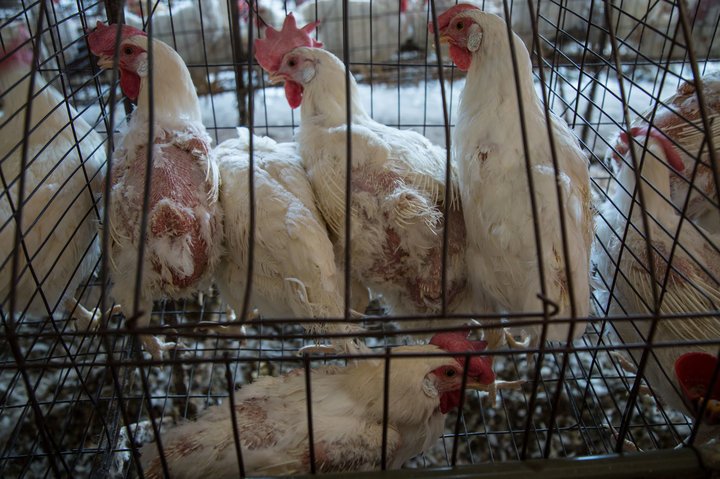
What’s so wrong here is that:
A. Section 11 (1) (e) of the Prevention of Cruelty to Animals Act, 1960 makes it illegal to use battery cages for egg production.
B. The size of one battery cage is roughly 623.7 cm2, making it almost as small as an A4 sheet. This causes the hen to be restricted to no movement at all, never being able to open its wings. It also leads to their limbs getting deformed. And since, 3-4 hens are stuffed inside the same cage, poultry farms go as far as to de-beak them so that the hens don’t end up hurting themselves, or each other.
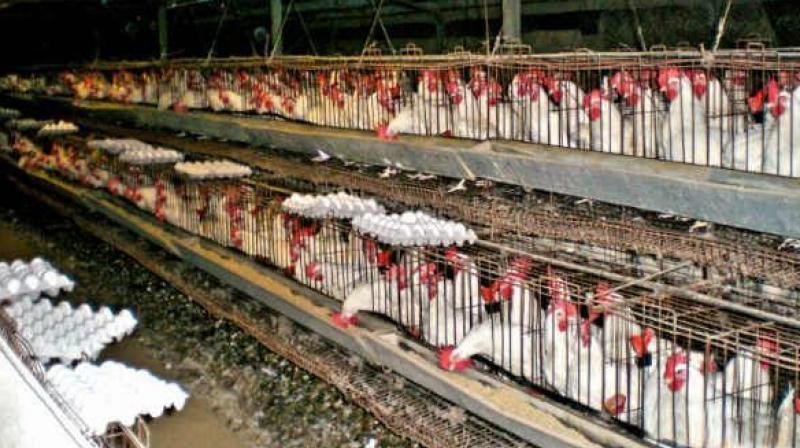
These inhumane conditions have a direct impact on the hen’s health and lifespan. It also consequentially affects the end product.
Despite being banned by the government, the poultry industry still uses these cages in large numbers.
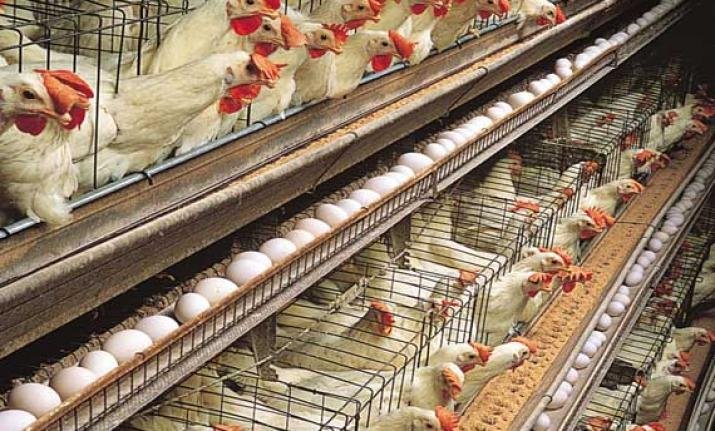
According to this report in TOI, Animal Equality, an animal welfare organisation in Pune investigated the damage battery cages cause in detail.
The organisation checked out facilities in Maharashtra, Andhra Pradesh and Haryana in late 2016.
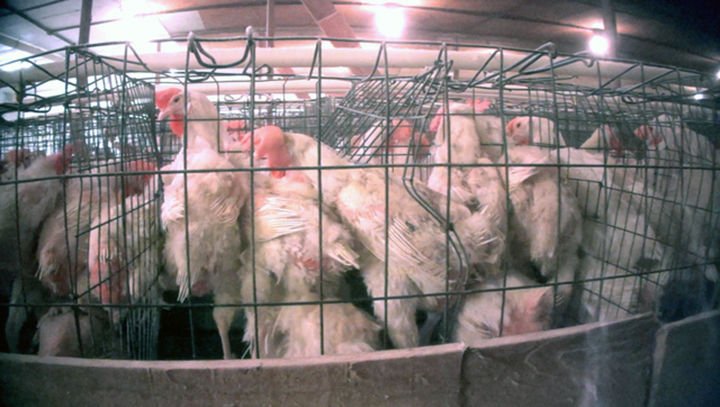
They found out that even though the law clearly says it’s illegal to confine hens in battery cages, that’s all that was found at the facilities.
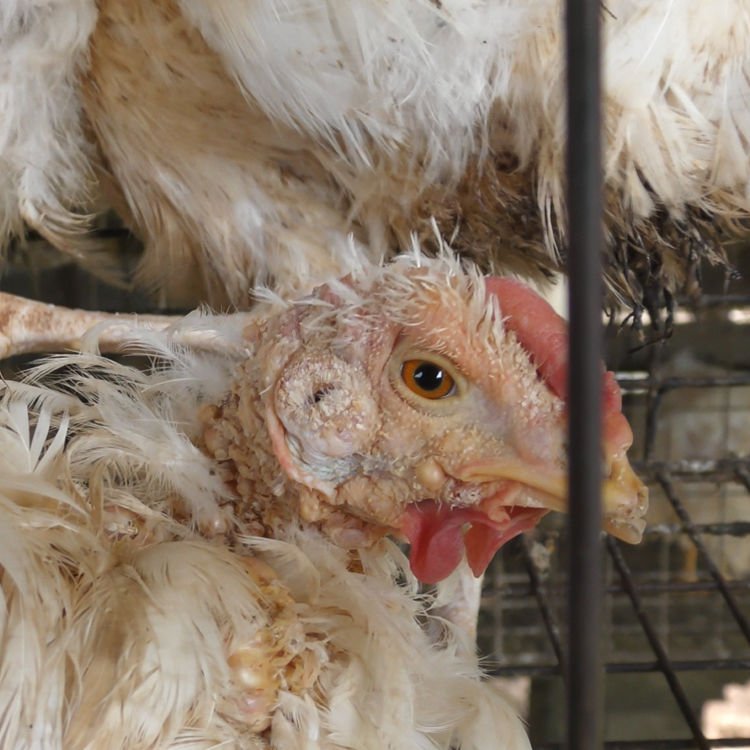
Amruta Ubale, executive director of Animal Equality said,
Investigations revealed that four to eight hens are crammed in a cage no bigger than the size of two A4 paper sheets. We found the birds stepping on each other in an attempt to find space to move. The birds also had bleeding, sore, cracked and deformed feet due to the wire floor of the cages.
Cages are piled up on top of one another in large numbers. This causes urine and feces to drop down in the lower cages, causing infections to the hens.
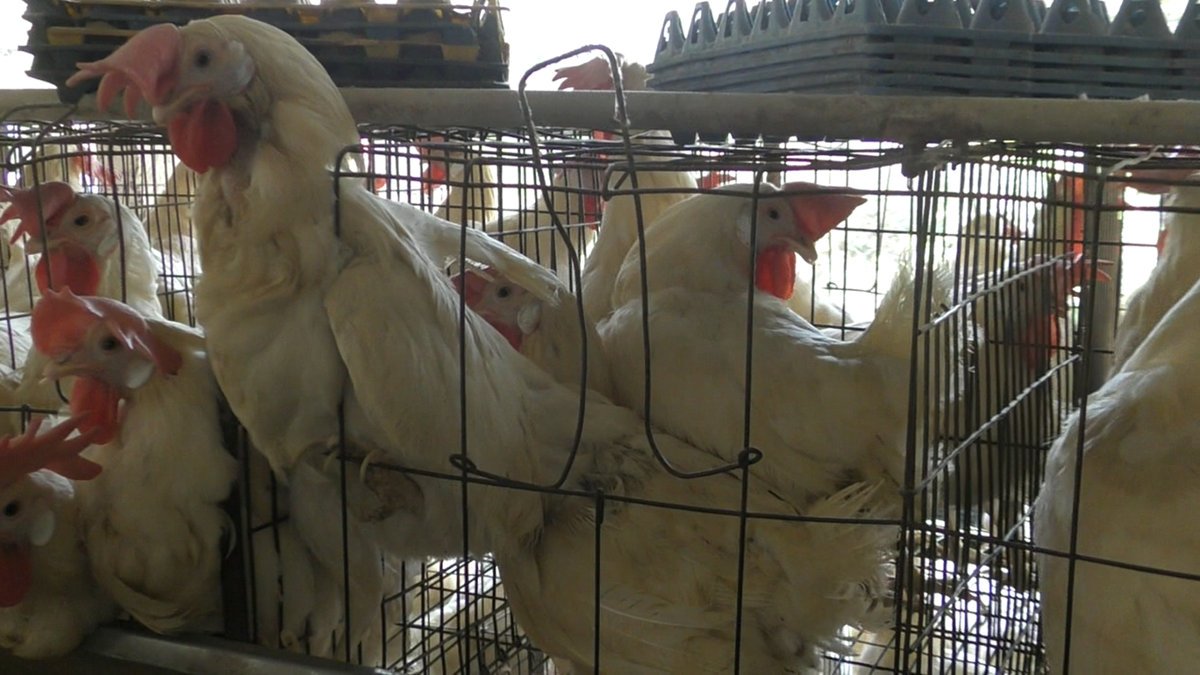
Apparently, the litter is only cleaned once in a few weeks.
By then, the infections catch up and the hens go through severe physical and mental trauma. They lose their feathers, develop abrasions on their skin and can even become carriers for diseases which can also pass on to the consumer.
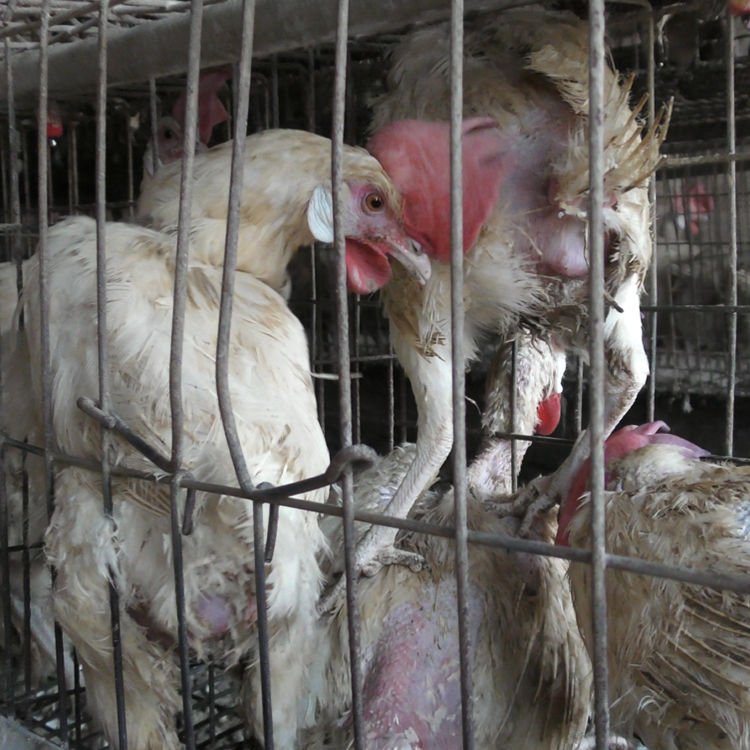
Many animal activists are still fighting for this cause, including Gauri Maulekhi, who is a trustee in Maneka Gandhi’s People For Animals.
To know more about battery cages in detail, watch this informative video here.

















